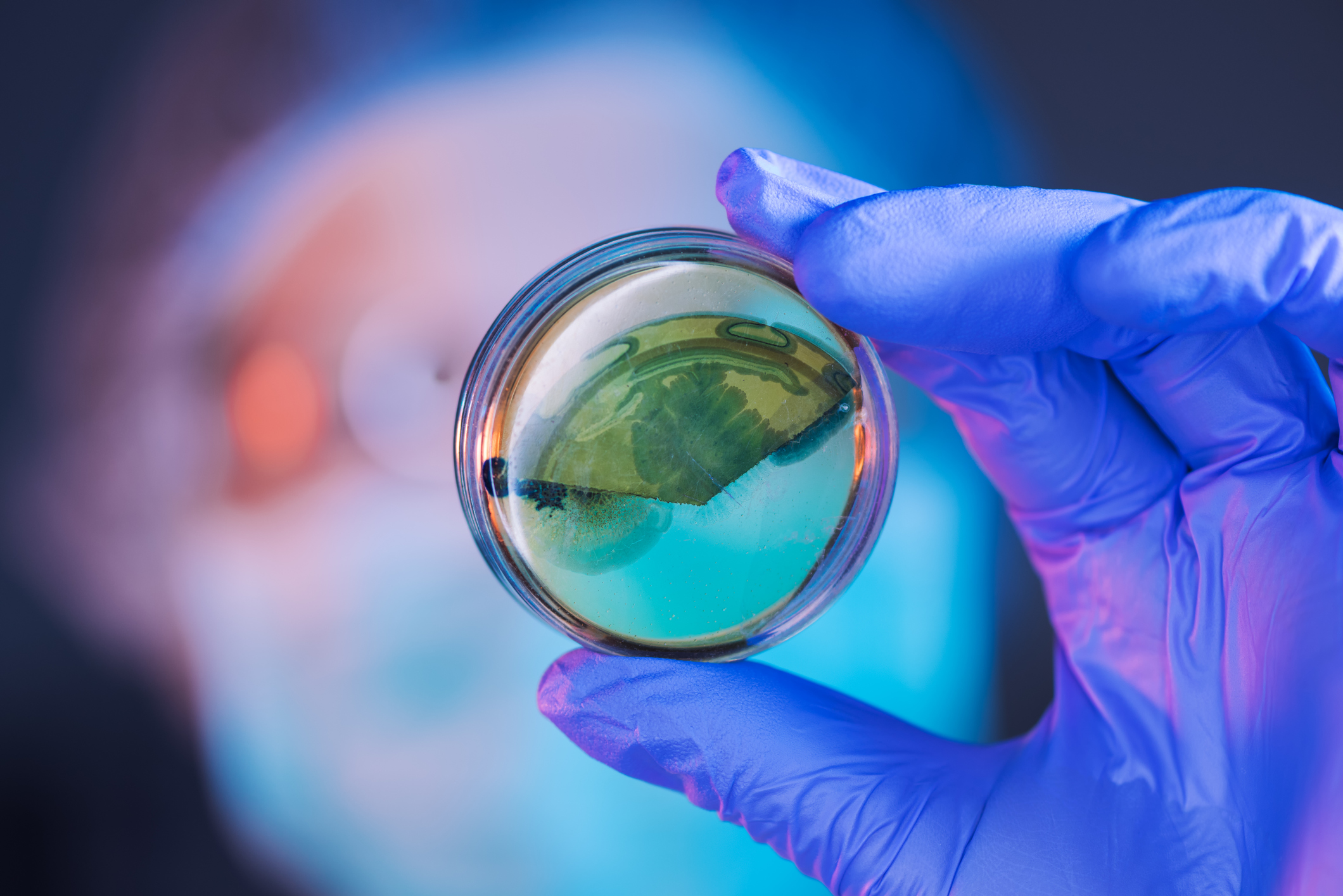Bacteria Testing Things To Know Before You Buy
Wiki Article
The Basic Principles Of Bacteria Testing
Table of ContentsBacteria Testing Fundamentals ExplainedThe 10-Minute Rule for Bacteria TestingThe 10-Minute Rule for Bacteria TestingIndicators on Bacteria Testing You Should KnowThe Ultimate Guide To Bacteria Testing4 Easy Facts About Bacteria Testing Described
Coliforms are microorganisms that are always present in the gastrointestinal tracts of animals, including humans, and are found in their wastes - Bacteria Testing. They are also found in plant and soil product. Water pollution caused by fecal contamination is a serious problem as a result of the possibility for having illness from microorganisms (diseasecausing organisms)
Total coliform counts offer a basic indicator of the sanitary problem of a supply of water. include bacteria that are located in the dirt, in water that has actually been influenced by surface water, and in human or animal waste. are the team of the overall coliforms that are considered to be existing particularly in the gut and feces of warm-blooded pets.
The Main Principles Of Bacteria Testing

Current break outs of illness triggered by E. coli 0157: H7 have generated much public issue about this organism. E. coli 0157: H7 has actually been located in livestock, poultries, pigs, and lamb.
Checking for germs is the only dependable way to recognize if your water is risk-free. You can not tell by the appearance, preference, or smell of the water if disease-causing microorganisms are in it.
The smart Trick of Bacteria Testing That Nobody is Discussing

Complete coliforms can come from resources other than fecal issue, a positive total coliform example need to be considered a sign of air pollution in your well. Favorable fecal coliform results, specifically favorable E. Coli results, should be taken into consideration sign of fecal contamination in your well. When coliforms have actually been identified, repairs or modifications of the water supply may be needed.
A malfunctioning well is usually the reason when coliform microorganisms are discovered in well water. - seals around wires, pipelines, and where the cap meets the covering may be cracked, letting in pollutants - cracks or holes in the well casing enable water that has not click over here been filteringed system via the dirt to get in the well.
All about Bacteria Testing
The U. S. Epa (EPA) needs public water supply to on a regular basis evaluate water for overall coliform microorganisms and E. coli. Safe drinking water does not have E (Bacteria Testing). coli or other microorganisms in it. Below are some referrals on exactly how to avoid and resolve coliform bacteria contamination: Secure Your Well by building it in a secure areaYou are responsible for maintaining your well water secure and testing it as needed. You can additionally contact your region to see if they have any kind of programs to make testing your water discover this info here much easier.
Test your well water again after disinfection to verify there are no coliform germs. You can make use of the water once more, without steaming, as soon as the well has actually been decontaminated and the water no much longer tests positive for coliform bacteria (Bacteria Testing).
Bacteria Testing - Truths
Your public water supply is consistently evaluated for coliform germs. The system will release a public notice within 24 hr if it spots E. coli. The public notification will tell you what you need to do to stay safe. You can locate the coliform germs test results for the system serving where you live by reading the system's Water High quality Record (likewise called a Consumer Confidence Report [CCR].
You can locate the coliform bacteria examination results for the systems offering areas apart from where you live by getting in touch with the water supply.
The National Ground Water Organization (NGWA) advises well owners check their water at the very least annually for bacteria, nitrates, and any kind of pollutants of regional problem. Much more frequent screening needs to be considered if: There is a change in the taste, odor, or appearance of the well water, or if a problem occurs such as a busted well cap, inundation by floodwaters, or a brand-new contamination resource The well has a history of bacterial contamination The septic tank has lately malfunctioned Member of the family or residence guests try here have reoccurring incidents of gastrointestinal disease An infant is residing in the home, or To monitor the effectiveness and efficiency of home water therapy equipment.
6 Easy Facts About Bacteria Testing Shown
Added examinations may be recommended if water shows up gloomy or oily, if bacterial development is noticeable on components, or water treatment devices are not functioning as they should. Call a public wellness examiner to see what's best for your water system. Coliforms are a team of microorganisms that are practically everywhere.Report this wiki page